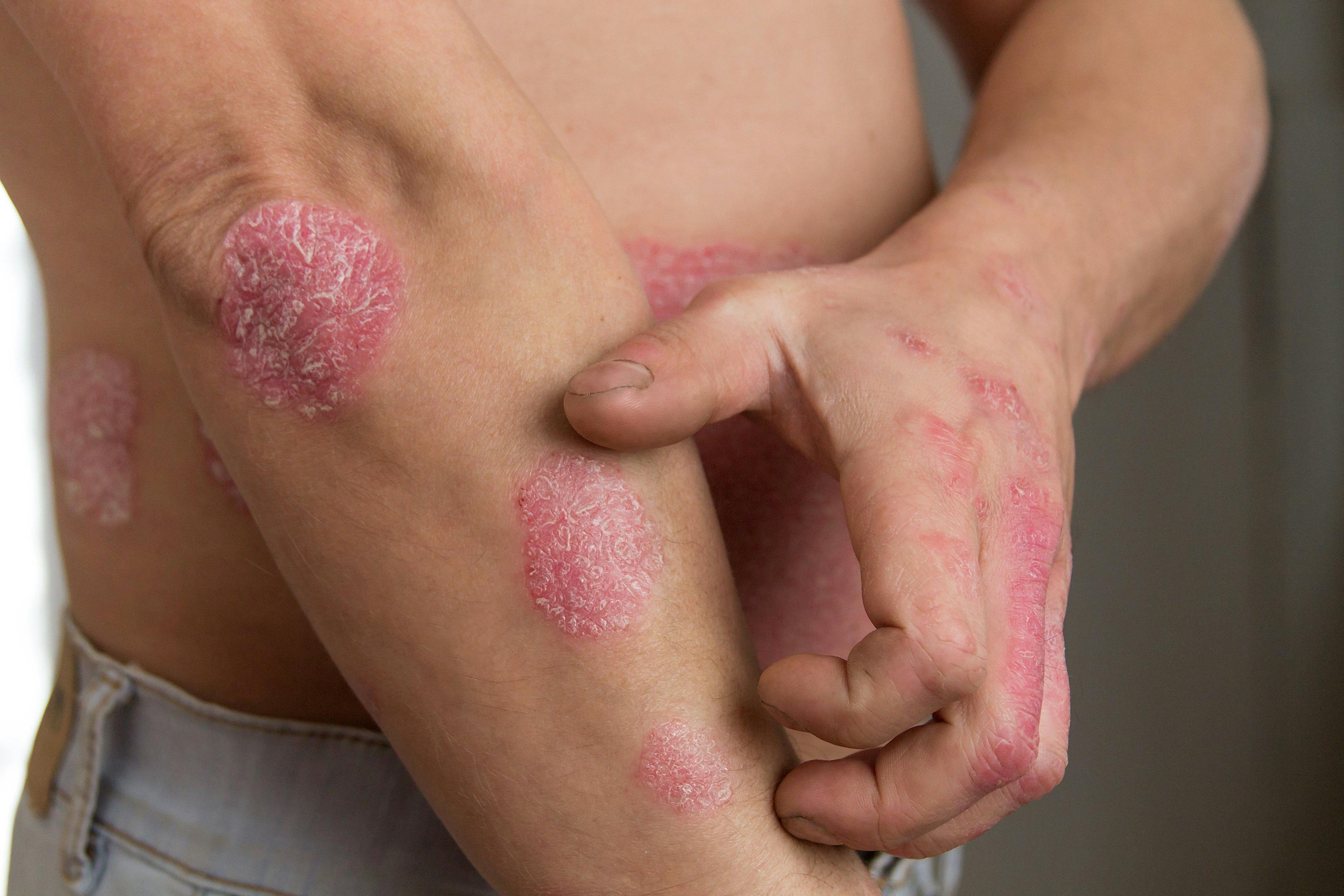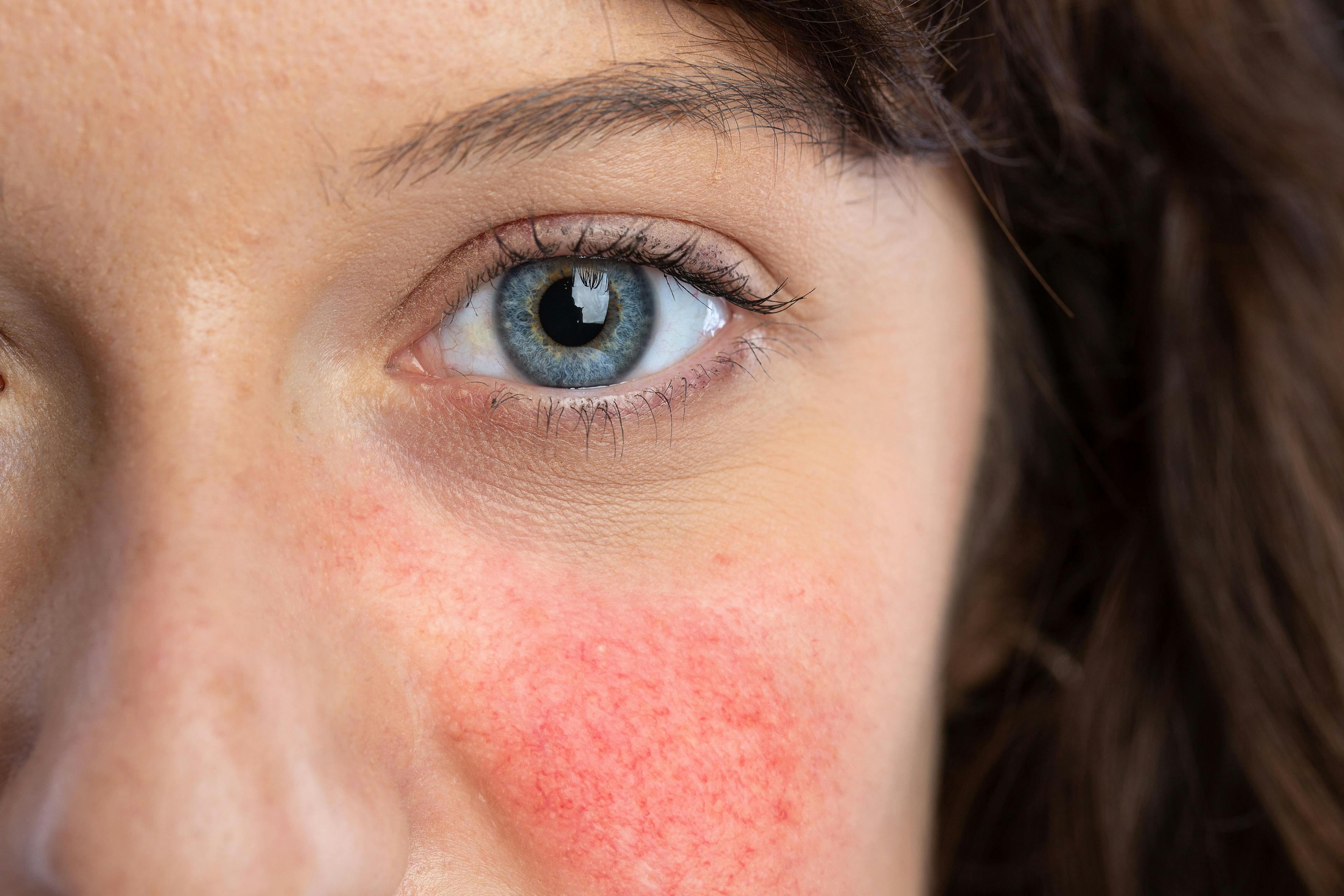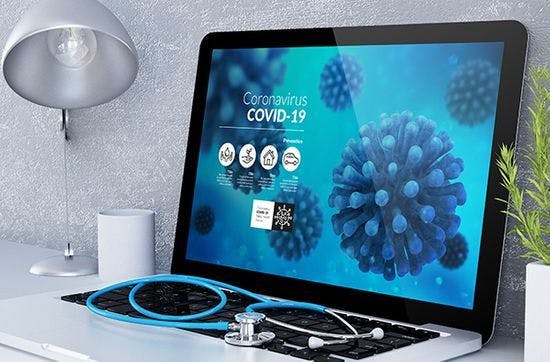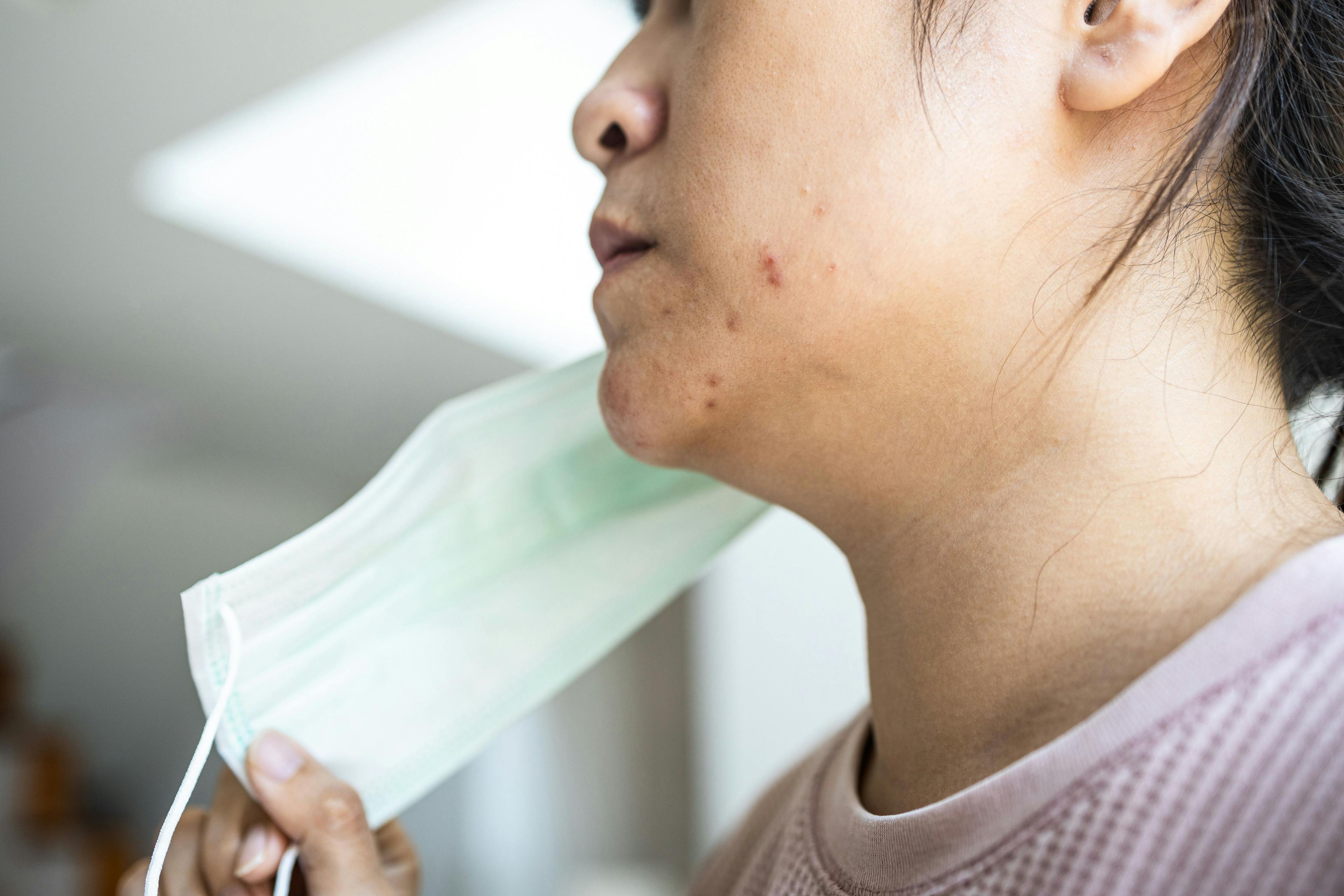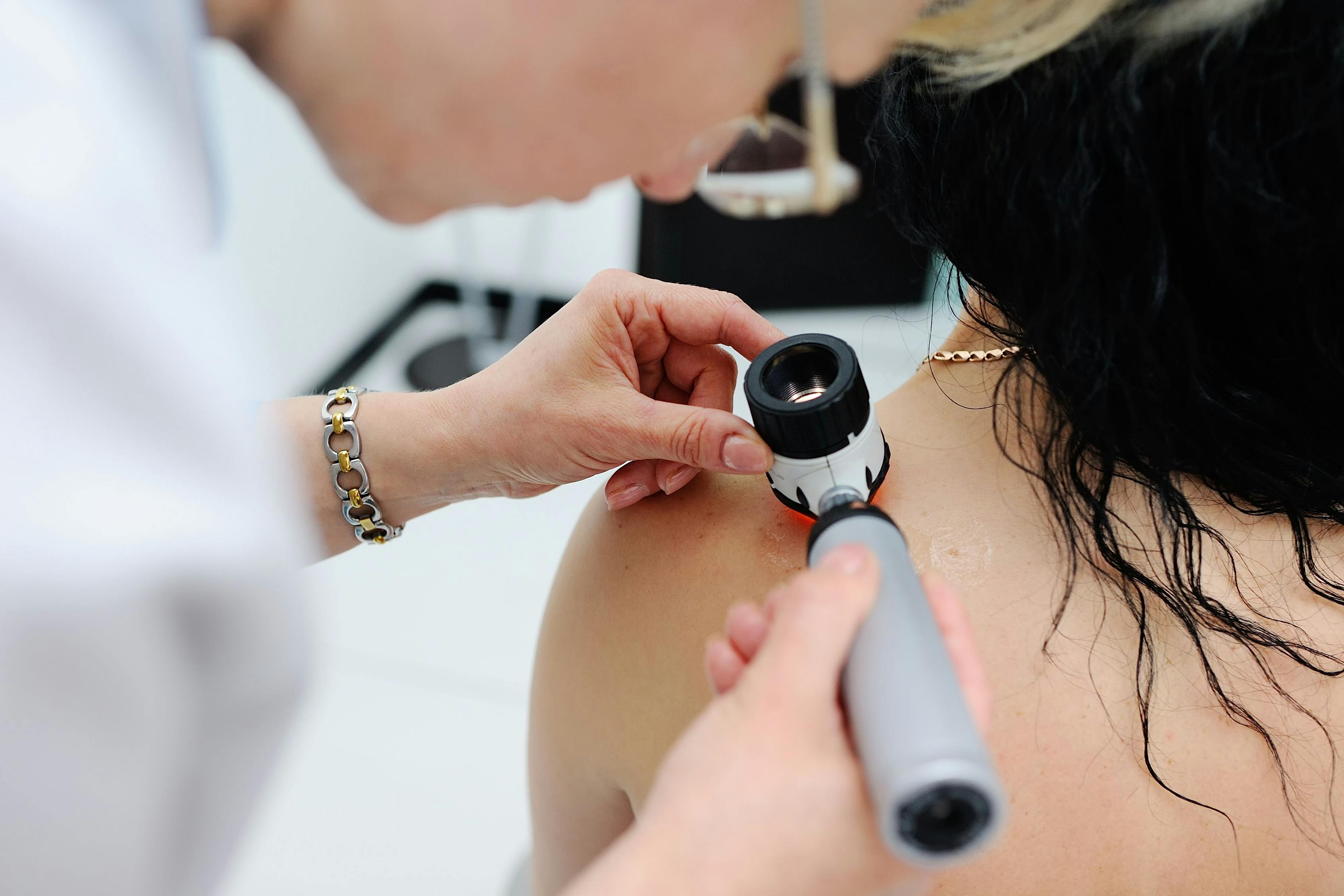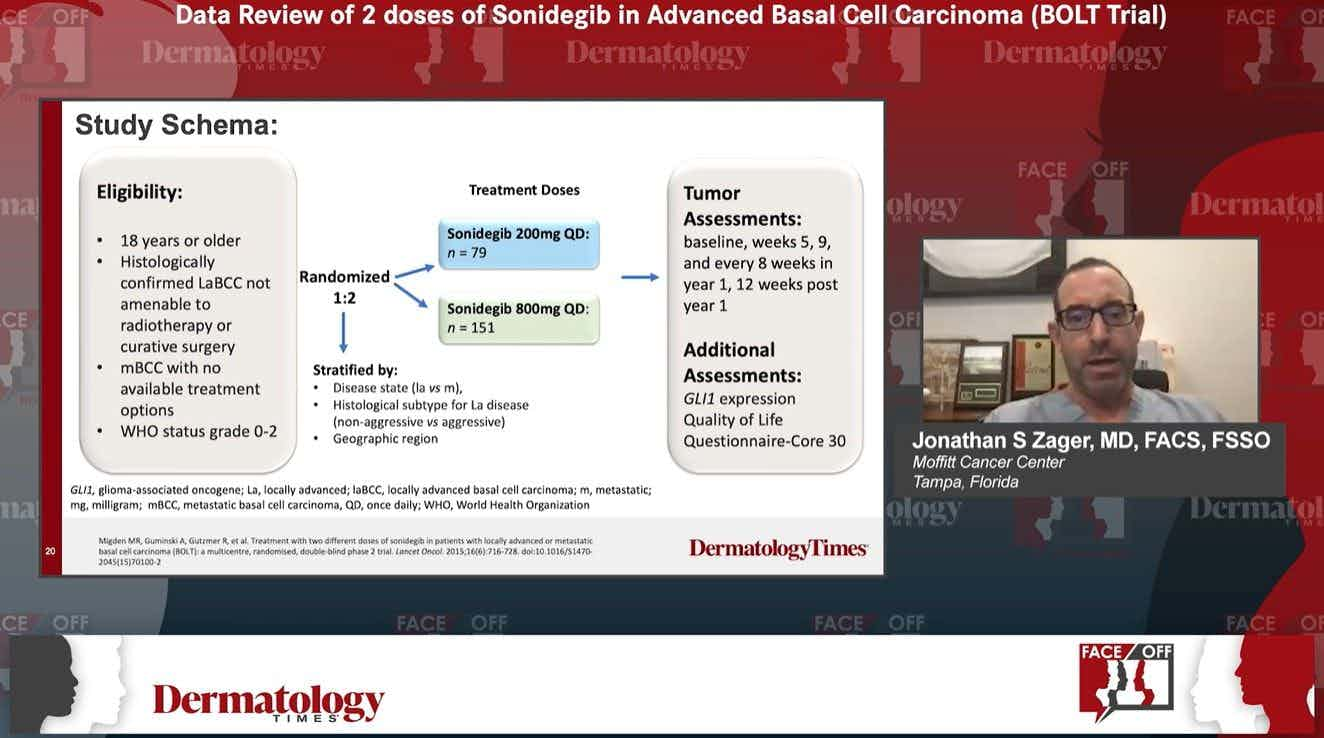- Acne
- Actinic Keratosis
- Aesthetics
- Alopecia
- Atopic Dermatitis
- Buy-and-Bill
- COVID-19
- Case-Based Roundtable
- Chronic Hand Eczema
- Chronic Spontaneous Urticaria
- Drug Watch
- Eczema
- General Dermatology
- Hidradenitis Suppurativa
- Melasma
- NP and PA
- Pediatric Dermatology
- Pigmentary Disorders
- Practice Management
- Precision Medicine and Biologics
- Prurigo Nodularis
- Psoriasis
- Psoriatic Arthritis
- Rare Disease
- Rosacea
- Skin Cancer
- Vitiligo
- Wound Care
Publication
Article
Dermatology Times
Medicare Spending on Skin Cancer, AK Varies Widely
Author(s):
A recent study found states' Medicare per-beneficiary spending between actinic keratosis and skin cancer differs widely.
Although there are many safe, effective treatments for actinic keratosis (AK) and skin cancers, beneficiary costs for the same procedures and provider availability differ significantly among U.S. states, reports a recent study.1
In designing the study, lead author Abdullah Aleisa, MD, Mohs Micrographic Surgery (MMS) and Dermatologic Oncology fellow at Memorial Sloan Kettering Cancer Center, New York, N.Y., and his fellow researchers set out to analyze interstate variability in Medicare spending and access to care for these treatments. Aleisa presented results at the American Society for Dermatologic Surgery 2020 Annual Virtual Meeting.1
The research team extracted information on spending on the treatments of interest and the number of Medicare providers and beneficiaries from the 2013-2014 Medicare provider Utilization and Payment Data for 13 states, encompassing 15 U.S. cities with populations over 400,000.
Data showed the average state-wide Medicare spending on AK treatment and skin cancer removal was $26.37 million and $28.18 million, respectively. Spending on skin cancer removal was highest with MMS at 79.62%, followed by destruction and excision at 11% and 8.84%, respectively. AK treatment spending was led by cryotherapy at 64.4%, followed by topical treatment and photodynamic therapy (PDT) at 31% and 4.6%, respectively.
“We found that there was a real, significant variation in the healthcare and procedure costs for actinic keratosis among the states, especially when you also account for the per-beneficiary spending not just the total Medicare spending,” says Aleisa. “We consistently found more expensive practice per beneficiary for almost all treatments.”
The study results confirmed dramatic differences in payments for topical AK treatment among states. It accounted for 18.47% of spending in Georgia but up to 56.67% in New York; for cryotherapy, from 40.76% in New York to 77.93% in the District of Columbia; and, for PDT, from 2.44% in Minnesota to 9.28% in Georgia. Similar fluctuations in pricing from state to state were also seen for skin cancer treatments.
Per-beneficiary spending for AK and skin cancer treatment demonstrated even greater variability. Here, data showed that the per-beneficiary spending for cryotherapy of AK ranged from $5.84 in Minnesota to $25.23 in Florida; for PDT, from $0.37 in Pennsylvania to $1.60 in Florida; for MMS, from $7.33 in Michigan to $29.72 in Florida; and for destruction of skin cancer, from $0.40 in Minnesota to $6.04 in Florida.
“Patient populations are definitely different in Florida and [there are] increased volumes of patients with AKs and skin cancers treated every year compared to other more northern states,” says Aleisa. “Nevertheless, that doesn’t explain why treatments should be more expensive than other states.”
Some theories suggest that differences in patient populations, environmental exposure, and patient preference be analyzed since all may account for some of the variability and play a role in the final calculus. For insurance coverages, market managers and supply chains may come into play.
VARIANCE IN ACCESS TO SPECIALISTS
Results of the study revealed that dermatologists comprised the majority of providers that billed Medicare for cryotherapy (54.68%), PDT (82.42%), excisions (74.08%), destruction (86.03%), and MMS (97.89%). Data also confirmed that dermatologists were not as available as other healthcare providers for specific therapies, highlighting the paucity of specialists for specific treatment options.
The significant variabilities regarding healthcare costs and availability of dermatologists for specialized treatments taps into a broader issue that likely can only be resolved by legislators, notes Aleisa. He recommends that future studies aim to clarify variations in Medicare spending among the states and in rural versus urban areas.
Disclosures:
Dr. Aleisa had no relevant disclosures.
Reference:
1. Aleisa, A, et al. State-level variation in Medicare spending and provider availability for the treatment of actinic keratosis and skin cancer. Oral abstract presented at: 2020 American Society for Dermatologic Surgery Virtual Annual Meeting; October 9 – 11, 2020.
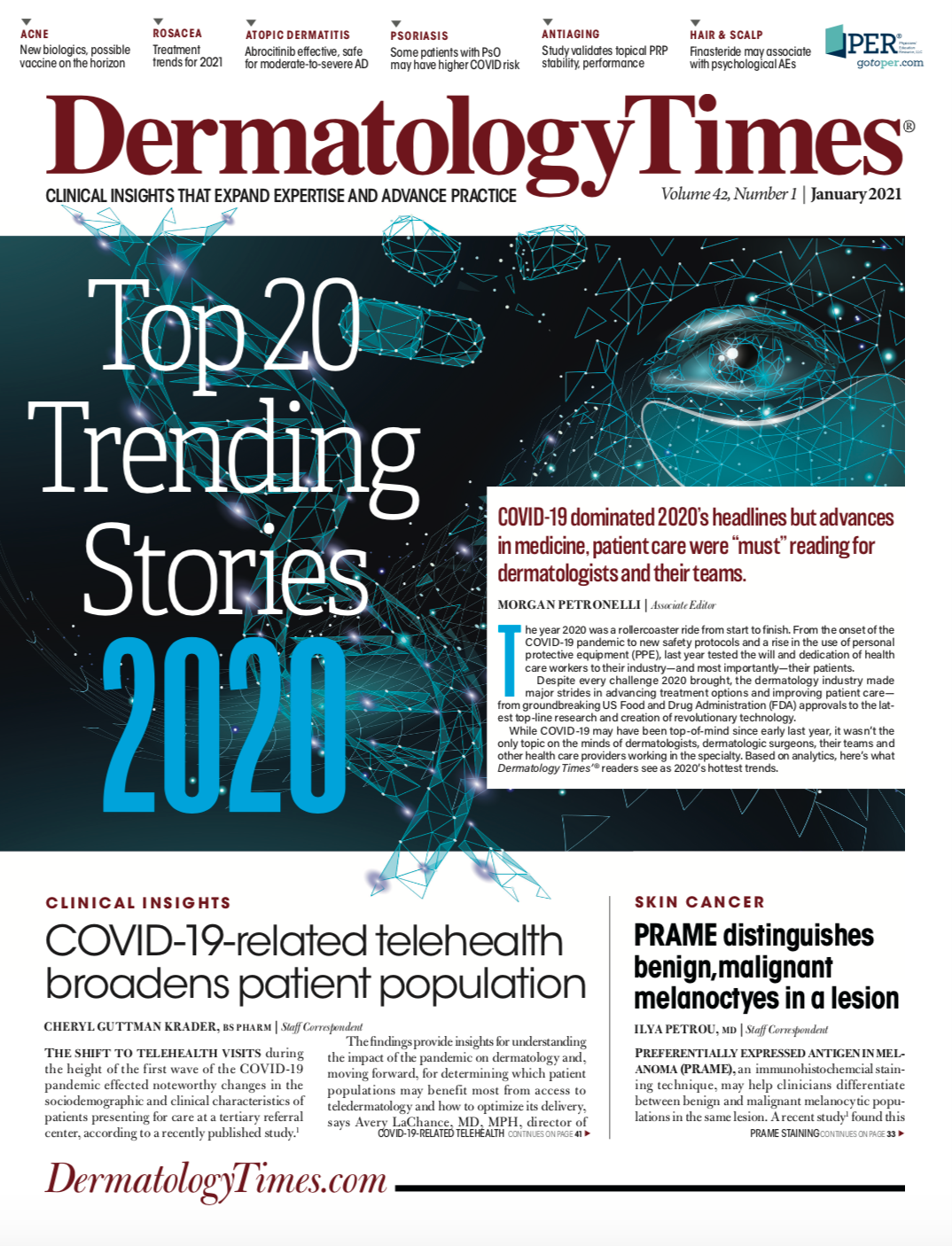
Newsletter
Like what you’re reading? Subscribe to Dermatology Times for weekly updates on therapies, innovations, and real-world practice tips.

